New Year celebrations vary widely around the world, reflecting the diverse cultures, traditions, and calendars of different countries. In this article, we will explore various New Year customs, including the dates of celebration, unique practices, traditional foods, and behaviors associated with ringing in the new year.
Chinese New Year

Chinese New Year falls between January 21 and February 20, depending on the lunar calendar. This celebration, also known as the Spring Festival, is deeply rooted in tradition.
Family Reunions: It’s a time for families to gather and honor ancestors.
Red Envelopes: Older generations gift red envelopes filled with money to younger family members for good luck.
Lion Dances: Many communities host lion dances to scare away evil spirits.
Traditional Foods:Dinner in the New Year is the hottest and most enjoyable time of the year. In the big year and night, the year's menu is full of people, the family is in the house, and the family is in the middle of the day. There are various kinds of popular New Year activities all over the country, as well as unique regional characteristics.Dumplings symbolize wealth, while fish represents surplus. Noodles are eaten to signify longevity.
Singapore New Year
On the occasion of celebrating the New Year in Singapore, large fireworks are set off on both sides of the Singapore River, as well as various cultural performances, welcome lantern shows, or water parades. People also like to watch lion dances to get a good fortune.
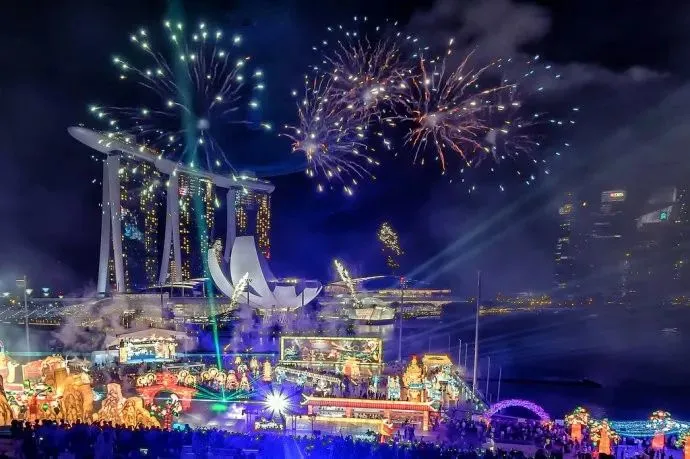
A necessary dish for Singaporeans to celebrate the New Year is Yusheng, which is "more than enough every year". Oranges have a beautiful meaning of "good luck and prosperity" in Singaporean customs. When visiting relatives and friends' homes to pay New Year's greetings, one will bring an orange gift box to the owner.
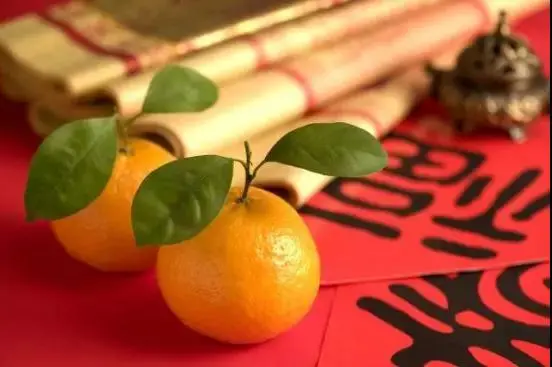
Vietnamese New Year
The Vietnamese Spring Festival is the largest and most lively traditional festival among the people. It starts from the Kitchen God Festival on the 23rd day of the twelfth lunar month every year, and the atmosphere of the Spring Festival continues throughout the first month of the lunar year rice dumplings, spring couplets, and firecrackers .
On the reunion dinner table on New Year's Eve, Vietnamese people must have square rice dumplings , which are square in shape and filled with mung beans and pork belly. Vietnam also has many traditional festivals with unique characteristics, and each region has its own way of celebrating, such as the Fire Tower Festival, Zen Temple, traditional wrestling competitions, Dong Thai traditional sports games, flower festivals, etc.
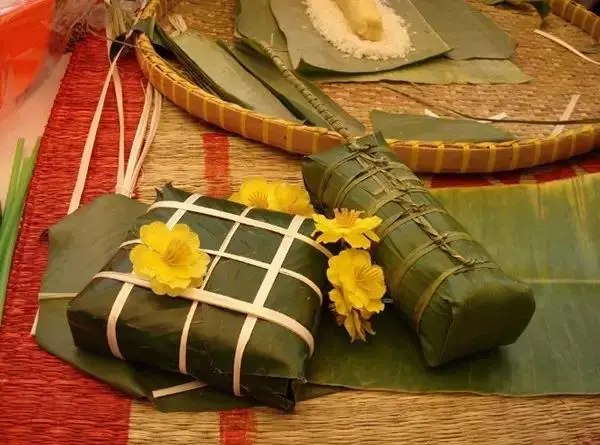
Malaysia New Year
In Malaysia, eating during the New Year. New Year cookies are a must for worshipping gods and ancestors during the New Year, and are almost the symbol of the New Year. Various types of New Year cookies are sold one month before the New Year.
Malaysians also eat Lo Hei during the New Year . Lo Hei is to pour fish, ingredients and sauces on a large plate, which means good luck and pray for good luck and success in the new year. In addition, they also eat Poon Choi , which symbolizes reunion.
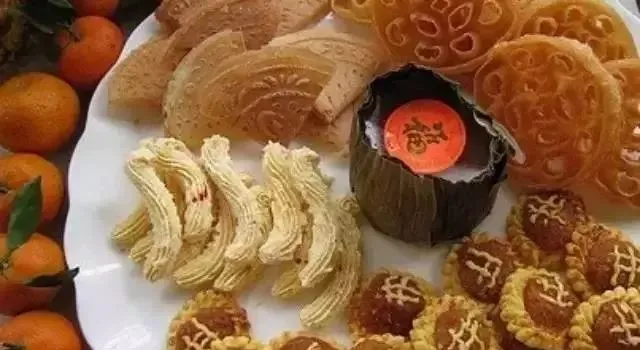
Australian New Year
The Australian Spring Festival falls in midsummer, so the folks use dragon boat racing as the finale of the Spring Festival celebrations. Melbourne has the world's longest dragon, which is 150 meters long and has a history of more than 100 years. Every Spring Festival, more than 200 strong Australians and Chinese carry this dragon through the streets, which is extremely festive.
During the New Year every year, Australia has the custom of selecting a Bean King . Residents in rural towns or urban communities gather together to eat pies. Whoever can eat the beans in the pie becomes the local Bean King. It is said that the Bean King will have particularly good luck in the coming year.

Russian New Year
"Snowman" and "Snow Maiden" are both characters in Russian mythology. Every New Year, Russians hold a grand New Year celebration ceremony to welcome "Snowman" and "Snow Maiden".
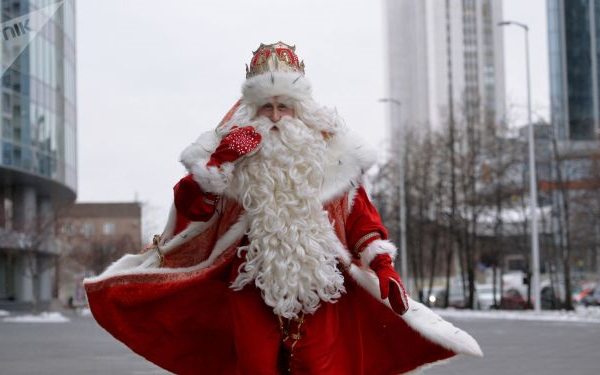
Most Russians like to celebrate the New Year at home, with the family gathering together to enjoy the "Russian cuisine" with its elaborate cooking and rich dishes that are rarely tasted in other days . The men will drink vodka, and the women will also join in the fun, and together they will have a hot New Year.
Japanese New Year
The Japanese call December 31 "Dahui Day" , which is New Year's Eve. The Japanese call New Year's Eve "Chu Ye". Around midnight, there is a New Year's Eve ceremony in Japanese Buddhist temples, which is to ring the bell 108 times. The meaning is to eliminate the troubles of all living beings.
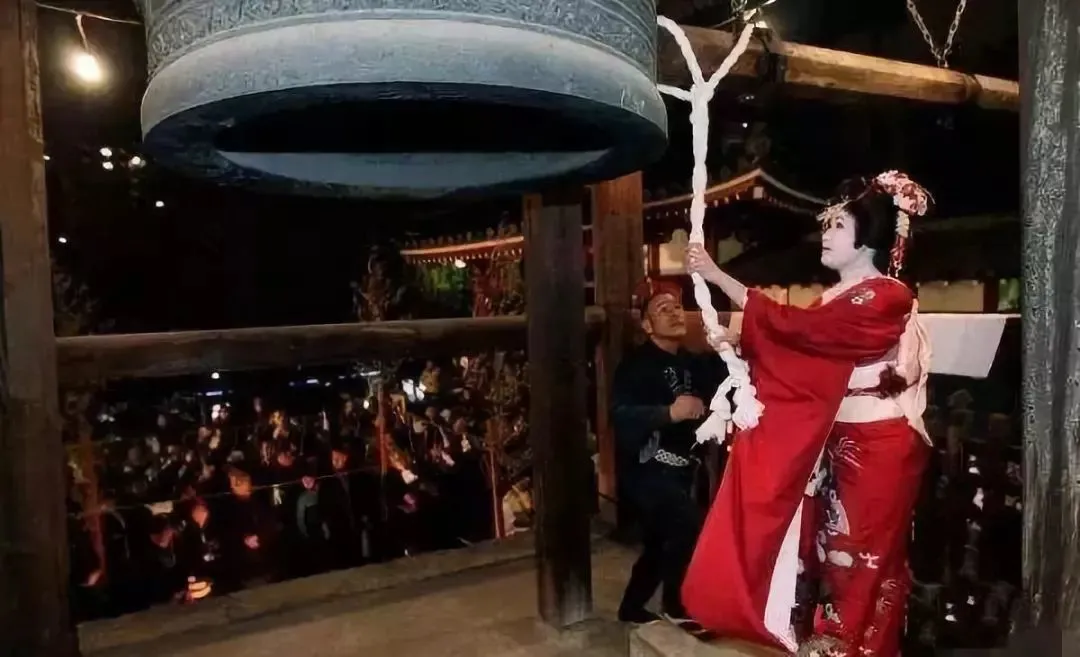
The Japanese have three treasures to welcome the New Year gods: kadomatsu, mirror cakes, and shimen ornaments . Housewives usually prepare three days of Osechi cuisine for the whole family before the 31st , and then put it in beautiful food boxes and wait until January 1st for the whole family to eat.
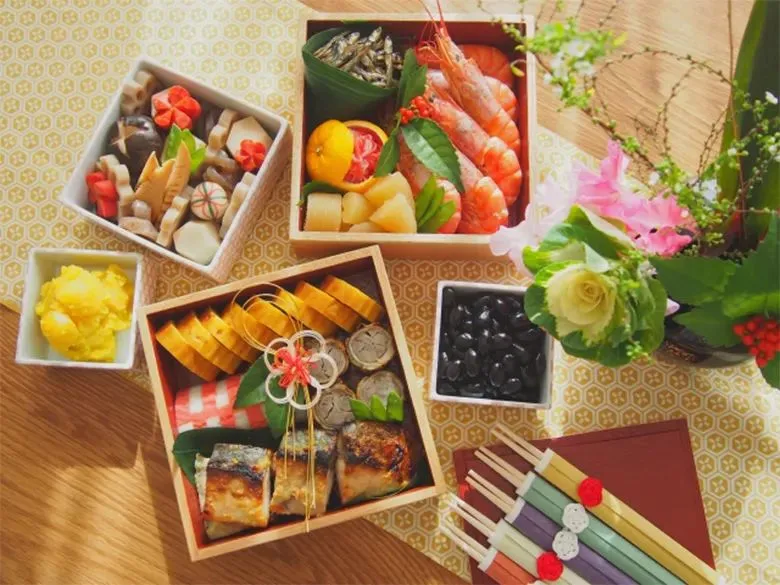
Korea New Year
Korea also has the custom of celebrating the Spring Festival. It is called the New Year Festival in North Korea and is the largest folk festival in North Korea. Like China, North Korea also has the custom of pasting window decorations and peach charms during the New Year . They pray for God's blessing, drive away ghosts and bring happiness.
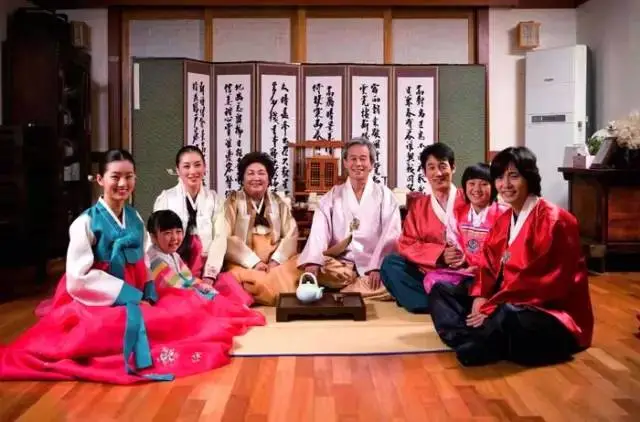
During the New Year, Koreans also eat "medicinal rice" similar to our eight-treasure rice . It is made of glutinous rice, chestnuts, dates, pine nuts, walnut kernels, etc., mixed with sesame oil and honey and steamed to indicate that the family will be prosperous and life will be as sweet as honey.
British New Year
In the UK, the New Year does not seem to be as grand as Christmas, but according to tradition, every family will have a sumptuous New Year's Eve dinner . When midnight comes, people will start the traditional New Year's greetings. Every family will open the door and take out the small black bread that has been prepared to entertain the guests.

The first guest is usually considered a symbol of luck for the new year. If he is a man, or a happy, blessed and wealthy person, the host will have good luck throughout the year. If the first guest is a woman with fair hair, or a sad, poor and unfortunate person, the host will have bad luck and encounter difficulties and disasters in the new year.
American New Year
The most lively time for Americans to celebrate the New Year is New Year's Eve. People gather in churches, streets or squares to sing, pray, bless and confess . At 12 o'clock midnight, church bells across the country ring together, and bands play famous nostalgic songs. In the sound of music, excited people hug each other and welcome the new year together.
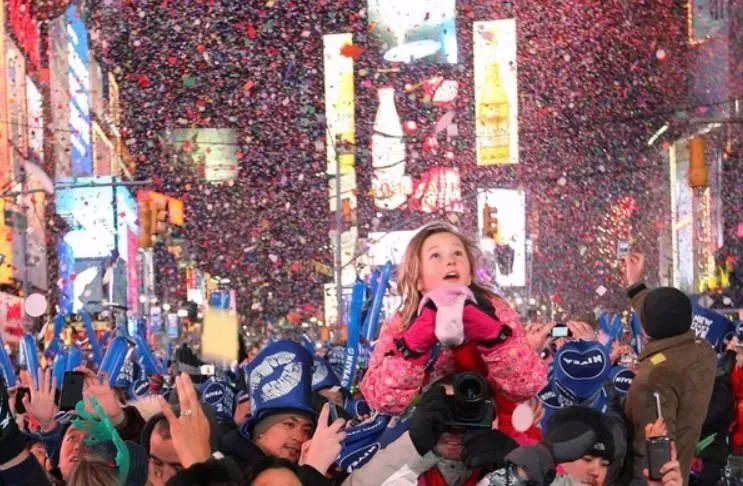
On New Year's Eve, the American Indians hold a unique bonfire party, where the whole family gathers around the bonfire, singing and dancing . When the morning light comes, they burn their worn-out clothes as a symbol of getting rid of the old and welcoming the new.
France New Year
On New Year 's Eve, French families gather together and drink champagne around the table . According to tradition, every family must drink up all their wine that night to avoid bad luck in the coming year; everyone should get drunk so that the new year can have a new beginning.
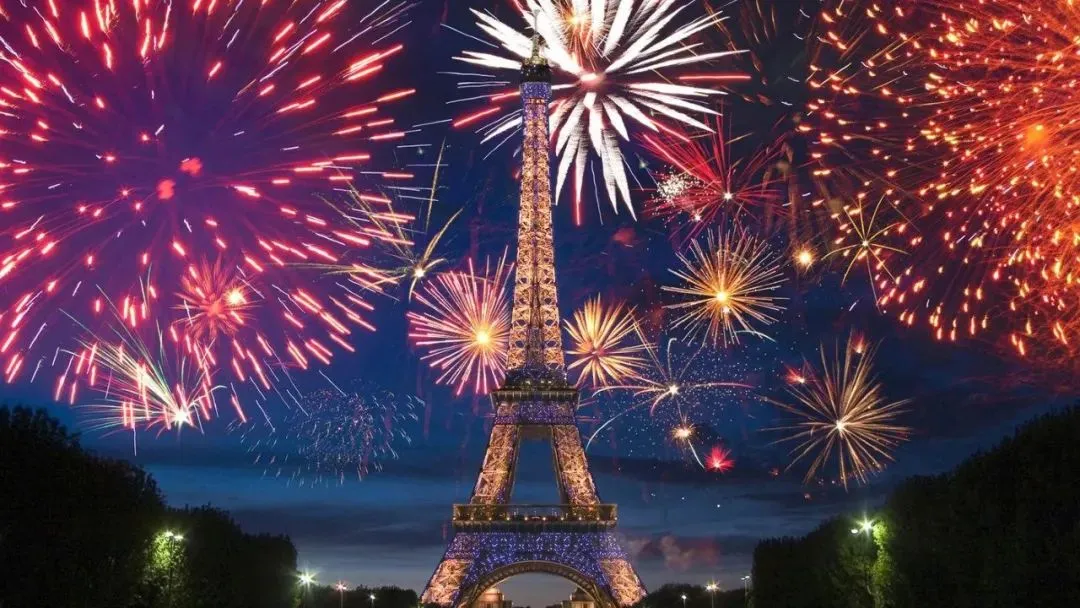
The French believe that the weather on New Year's Day foreshadows the coming year, so they go out to the streets early in the morning to see the wind direction for divination . On the first weekend of every New Year, the family will taste the King's Cake after dinner . The one who eats the cake containing Fève can wear a paper crown as the "King" or "Queen" on the table.
Italy New Year
Italians believe that the loud noises on New Year's Eve can drive away evil spirits and bring good luck in the new year, so people set off fireworks and firecrackers non-stop that night , and smash everything that can be broken , from small things like bowls and plates to large things like jars, and throw all the pieces into the street.
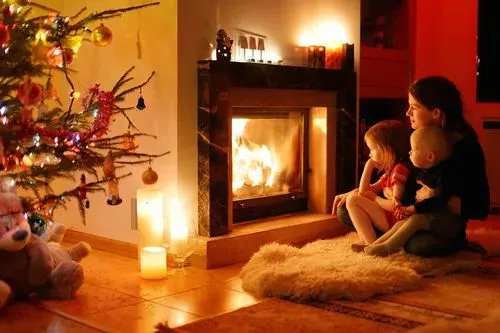
Italians believe that fire comes from the sun, and if the fire is extinguished on New Year's Day, there will be no sunlight in the coming year, which will bring bad luck. On New Year's Day, every household will light a strong fire in the house, and it must not be extinguished for a whole day .
Germany New Year
Germans also have the custom of wearing new clothes on New Year's Day. They believe that changing into new clothes on New Year's Day will bring good luck to everyone, while wearing random clothes on New Year's Day will bring bad luck for the whole year. In addition, they also put a few fish scales in their wallets , because fish scales and fish roe are both New Year's mascots, indicating a steady flow of wealth.
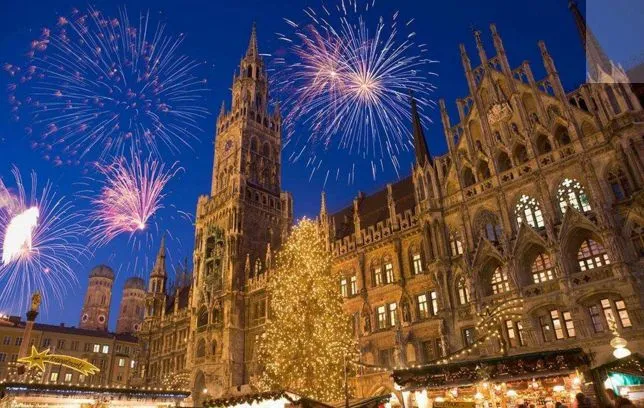
On New Year's Eve, people light up lanterns and set off fireworks to "suppress evil spirits" and bid farewell to the old and usher in the new. Before the New Year's bell rings, many Germans will climb onto a chair, and when the bell rings, they will jump off and run behind the chair to shake off the disaster. There is also a custom in rural Germany - tree climbing competitions . It is said that the higher you climb, the better your luck.
Thai New Year - Songkran
Songkran, the Thai New Year, is celebrated from April 13 to 15 and is famously known for its water festival.
Water Fights: People pour water on each other as a symbol of purification and renewal.
Sand Pagodas: Families build small sand pagodas to pay respect to the earth and symbolize good fortune.
Traditional Foods: Khao Chae, rice in jasmine-scented water, is a typical Songkran dish that symbolizes refreshing coolness.
Groups of young men and women, dressed in brightly colored ethnic costumes, playing long drums, singing and dancing. On both sides of the road passed by the parade, people poured water mixed with spices from silver bowls onto the Buddha statues and the "Goddess of Song Gan", praying for a good New Year and favorable weather.
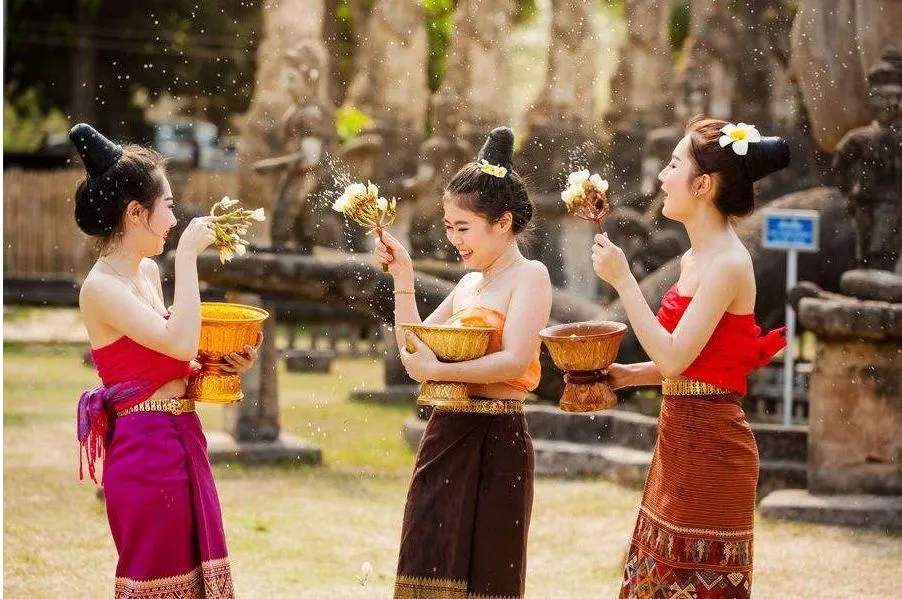
Persian New Year - Nowruz
Nowruz, the Persian New Year, falls around March 20 or 21 and marks the first day of spring. It is celebrated by various ethnic groups, including Iranians, Kurds, and Afghans.
Haft-Seen Table: A special table is set with seven symbolic items starting with the letter “S,” representing health, prosperity, and love.
Jumping Over Fire: In some traditions, people jump over bonfires to purify themselves and welcome the new year with renewed energy.
Traditional Foods:Sweets, rice dishes, and fish are common during Nowruz celebrations, emphasizing abundance and freshness.
After learning about the New Year's customs in different countries, you may also want to see other articles about the New Year, such as: 100 Best New Year's Quotes To Celebrate 2025
, Or maybe you need some New Year Wallpapers
to give your phone a new look.









 浙公网安备
33010002000092号
浙公网安备
33010002000092号 浙B2-20120091-4
浙B2-20120091-4